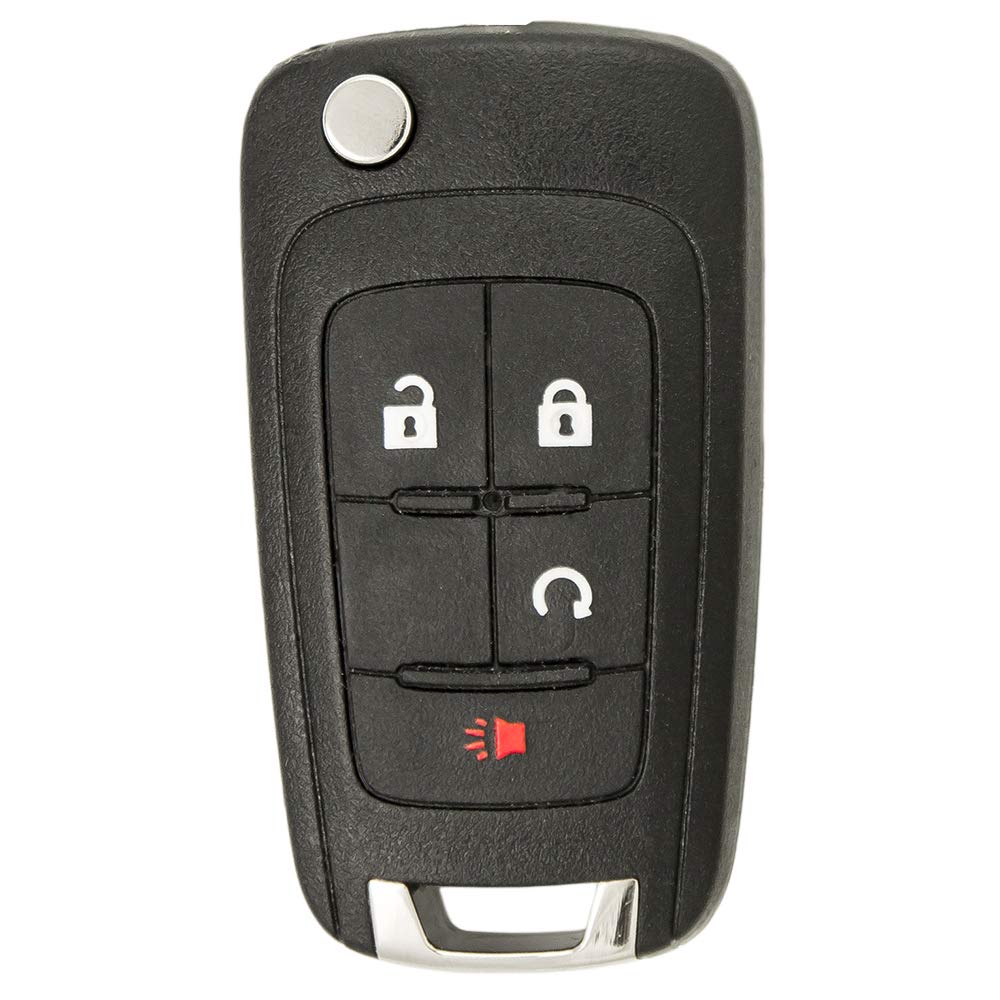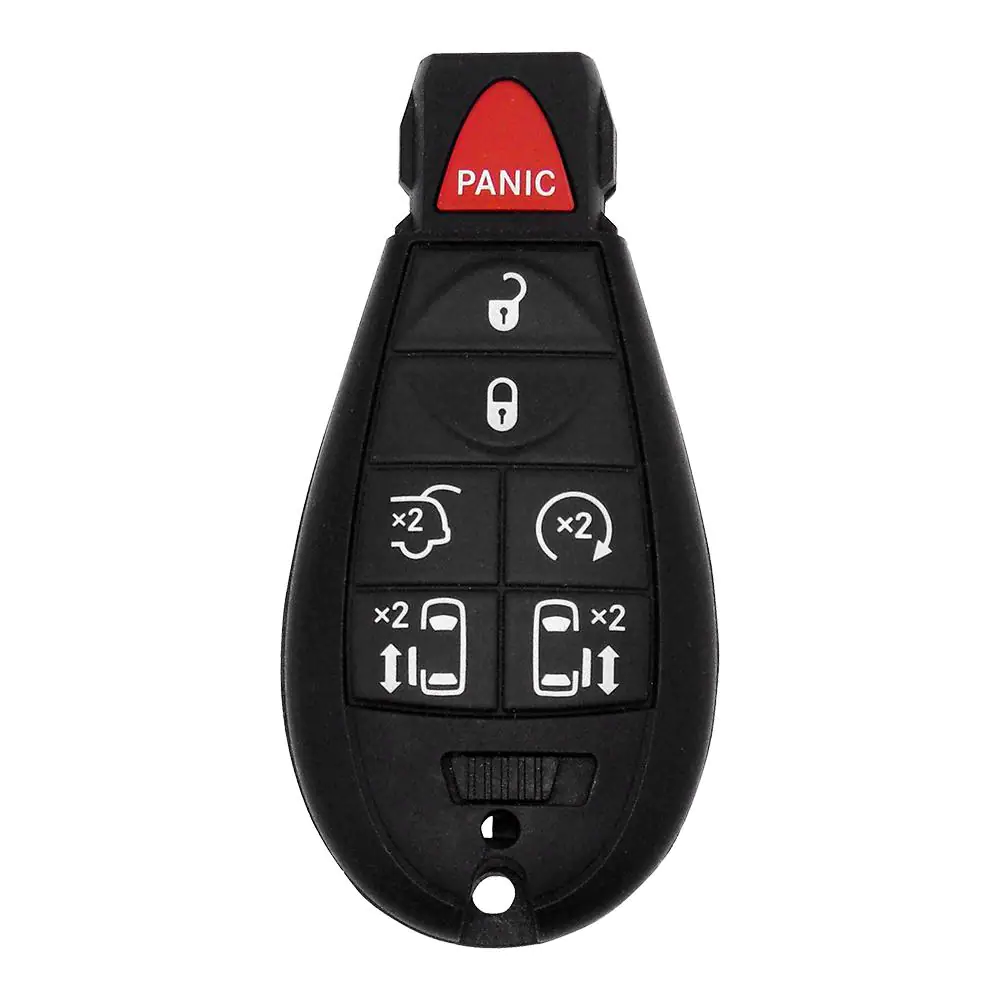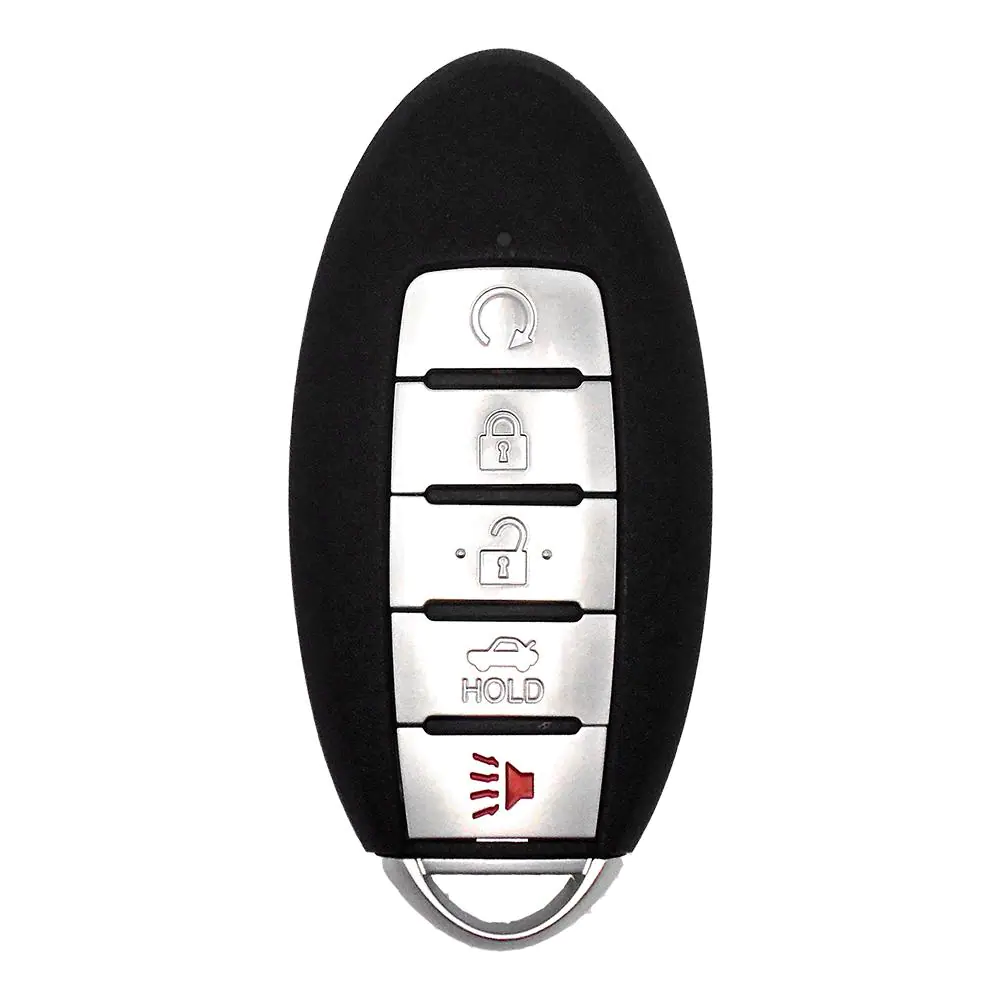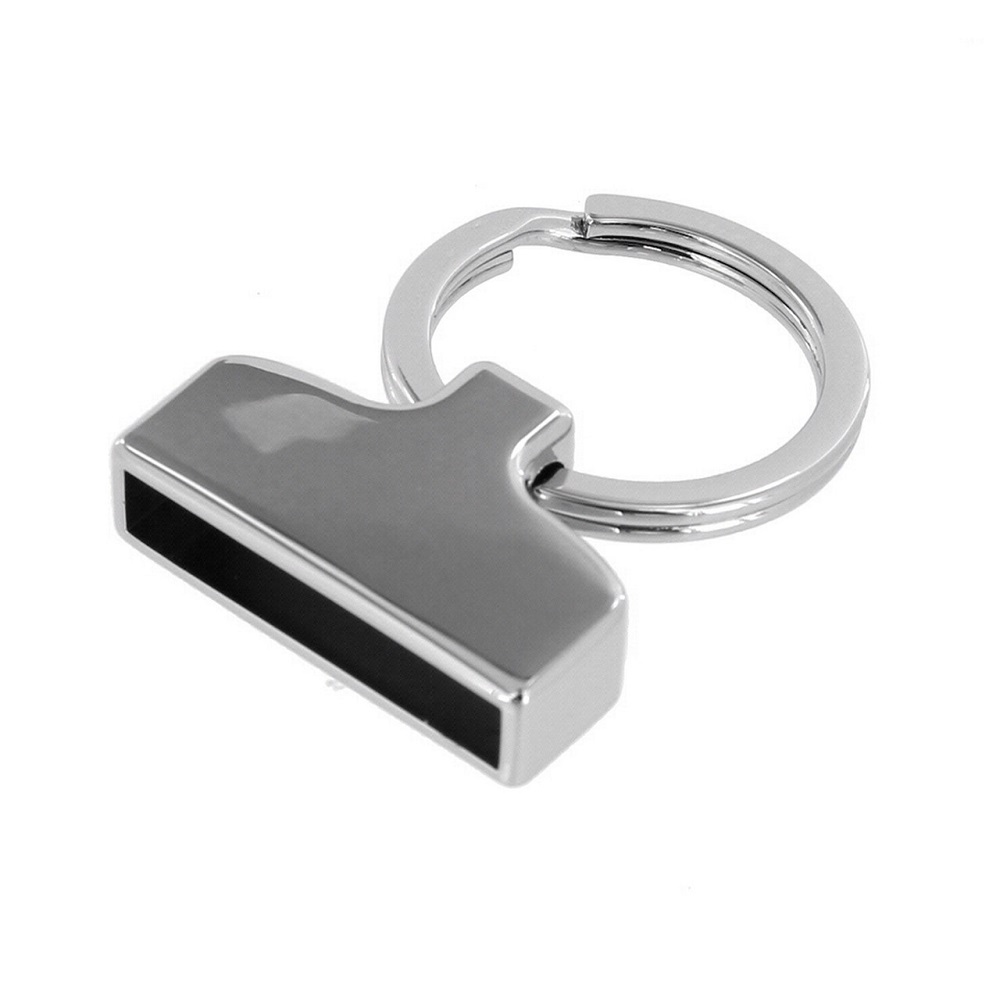In the world of modern automobiles, key fobs have become the standard for locking, unlocking, and starting vehicles. Rather than using traditional keys, many cars now feature smart key technology, allowing drivers to start their engines with the simple push of a button. However, if you are unfamiliar with key fobs or have recently purchased a new vehicle, the process can feel overwhelming. This guide will help you navigate the steps to start your car with a key fob, making your driving experience smoother and more enjoyable.
Understanding the Key Fob
What is a Key Fob?
A key fob is a small device that allows you to unlock and start your vehicle without inserting a physical key into the ignition. Most key fobs come with buttons for locking and unlocking the doors, opening the trunk, and starting the engine remotely. They work through keyless entry systems, relying on radio frequency (RF) technology to communicate with the vehicle. This innovation enhances convenience, especially when your hands are full.
Types of Key Fobs
There are two primary types of key fobs: traditional and smart fobs. Traditional key fobs still require you to press a button to start the car. In contrast, smart key fobs allow for push-to-start functionality, where you can start the engine while the fob is in your pocket or purse. Understanding which type you have is crucial for effectively using your vehicle’s features.

Preparing to Use Your Key Fob
Check the Battery
Before attempting to start your vehicle, ensure that your key fob has a fully charged battery. A depleted battery can prevent the fob from communicating with the car. If the key fob seems unresponsive, you may need to replace the battery. Consult your owner’s manual for specific instructions on how to change the battery; usually, it involves removing a small cover and inserting a new battery of the same type.
Familiarize Yourself with Buttons
Take a moment to familiarize yourself with the buttons on your key fob. Common functions include the lock, unlock, trunk release, and engine start buttons. Understanding what each button does will streamline the process of starting your vehicle. If your fob has a panic button, avoid pressing it accidentally, as it can cause a loud alarm to go off.
Starting Your Car with a Key Fob
Step 1: Enter Your Vehicle
To start your car, first, unlock your vehicle. Approach the car and press the unlock button on your key fob. The car’s doors should unlock, allowing you to enter. If your vehicle is equipped with proximity sensing, the doors may unlock automatically when you pull on the door handle with the fob in your pocket.
Step 2: Insert the Key Fob (If Necessary)
Some vehicles still require you to insert the key fob into a designated slot, even if it does not need to be turned. If your fob has a slot near the steering wheel or dashboard, insert the fob there. If not, you can skip this step.
Step 3: Press the Start Button
Once inside the vehicle, locate the engine start button, typically positioned near the steering wheel or dashboard. While pressing the brake pedal, press the start button. This action should start your car’s engine. If you have a traditional key fob, ensure that it is inside the vehicle while you perform this step.

Troubleshooting Common Issues
What to Do if the Car Won’t Start
If your vehicle doesn’t start after following the above steps, check if your foot is on the brake pedal. Some vehicles only allow the engine to be started when the brake is pressed. If that doesn’t work, try pressing the start button again with the fob in your hand. This can help in case the vehicle is having trouble detecting the fob.
Key Fob Not Detected
If your car continues to indicate that it cannot detect the fob, you may have a dead battery in the fob. In this scenario, try using the backup manual key (if provided) to unlock the car, then manually insert the fob into the armrest or key slot if your vehicle has one. Always refer to your owner’s manual for specific instructions on your model, as some cars offer alternative starting methods.
Safety Features of Key Fobs
Keyless Entry and Security
Key fobs come with various safety features designed to protect your vehicle. Most modern key fobs include encryption to secure the communication between the fob and the car. This encryption helps prevent unauthorized access. If your fob is lost or stolen, you can often deactivate it, ensuring that it cannot be used to access your vehicle.
Anti-Theft Features
Many key fobs also have built-in anti-theft systems. This includes an immobilizer, which prevents the engine from starting without the correct key fob. If someone attempts to start your car without the key fob, the system will disable the engine, adding a layer of protection against theft.
Maintaining Your Key Fob
Regular Cleaning and Care
To keep your key fob functioning properly, clean it regularly. This helps prevent dirt and grime buildup, which can interfere with the buttons and battery connection. Use a microfiber cloth to wipe down the exterior. Avoid exposing the fob to extreme temperatures or moisture, as these conditions can damage its internal components.
Replacing the Battery
Key fob batteries generally last several years, but you should replace them as needed—usually every two to three years. Check your owner’s manual for battery specifications and replacement instructions. Keeping a spare battery handy will help ensure you’re prepared if the fob becomes unresponsive.

Upgrading Your Key Fob Options
Aftermarket Key Fob Solutions
If you find that your key fob is inconvenient or outdated, consider looking into aftermarket options. Many manufacturers provide upgraded key fobs that offer additional features, such as remote start or enhanced security. Explore these alternatives to find a solution that aligns better with your lifestyle.
Smartphone Integration
Some modern vehicles allow users to control the car using smartphone apps, enabling functionalities that traditional key fobs do not offer. This feature allows you to lock, unlock, and even start your car remotely using your smartphone. If this option is available for your vehicle, consider integrating your smartphone for a more versatile approach to car access and control.
Exploring Future Innovations in Key Fob Technology
As automotive technology evolves, so too does the functionality of key fobs. Exciting advancements on the horizon may include features such as biometric authentication, allowing you to unlock your vehicle using fingerprints or facial recognition. This added layer of security could replace traditional key codes and enhance safety for car owners.
Additionally, some manufacturers are exploring the integration of key fobs with smart home technology. Imagine the convenience of your key fob not only unlocking your car but also adjusting the settings on your home’s thermostat or lighting system as you approach. Such innovations aim to create a seamless and interconnected lifestyle, making life more convenient for busy individuals and families.
Enjoying the Convenience of Key Fobs
Starting your car with a key fob simplifies the driving experience by eliminating the need for traditional keys. Familiarizing yourself with the functions and features of your key fob not only enhances convenience but also ensures efficient use of your vehicle’s systems. By following the steps in this guide, you can successfully start your car using a key fob and troubleshoot common issues without stress.
Key fobs not only offer ease of access but also contribute to the overall security of your vehicle. Regular maintenance and battery checks will keep your key fob in good working condition, allowing you to enjoy all its benefits. Transitioning to this technology has made modern driving more convenient, and understanding these systems will enhance your overall experience. With a little knowledge and practice, you’ll make the most of this innovative car feature, ensuring you’re always ready to hit the road. Safe travels!










